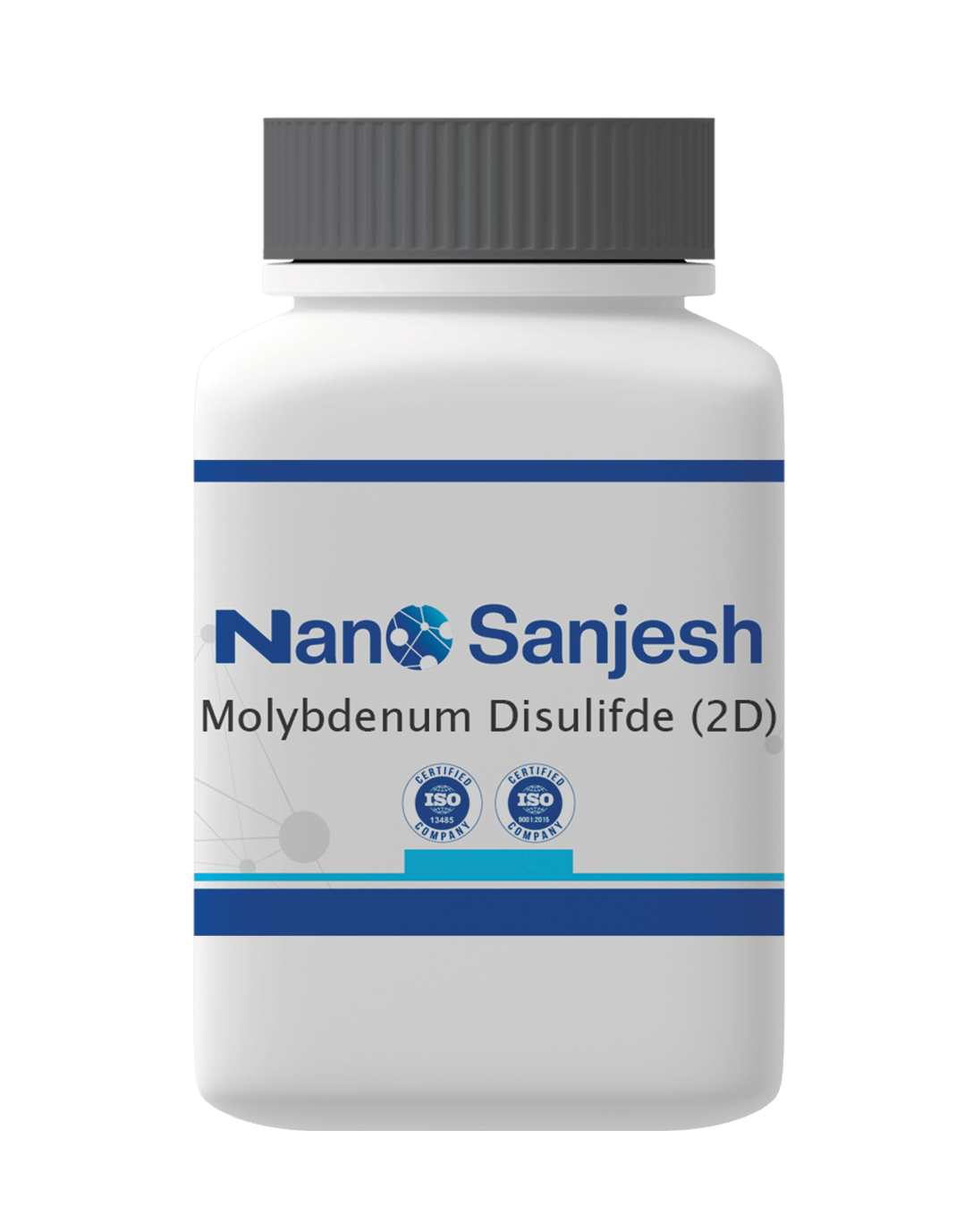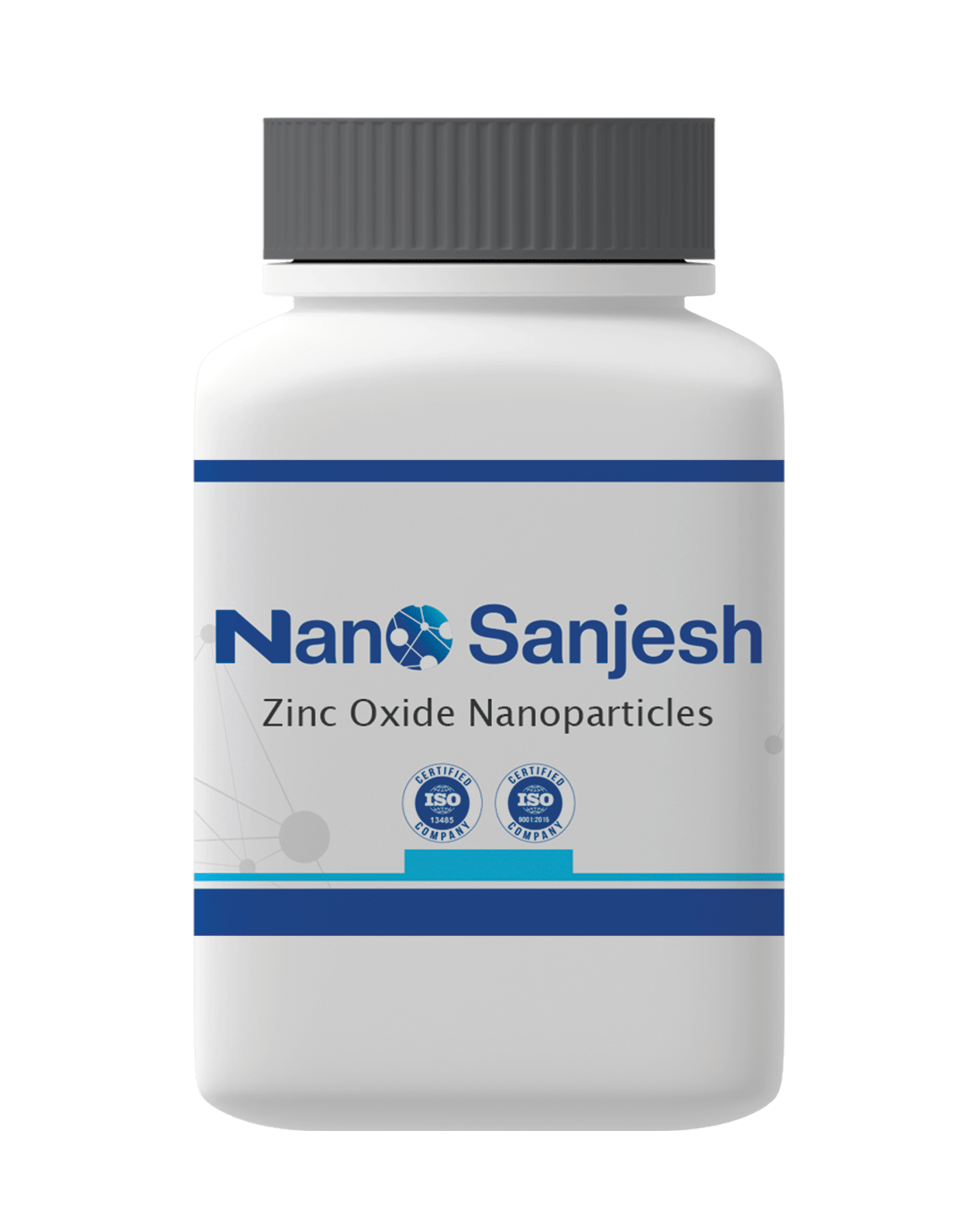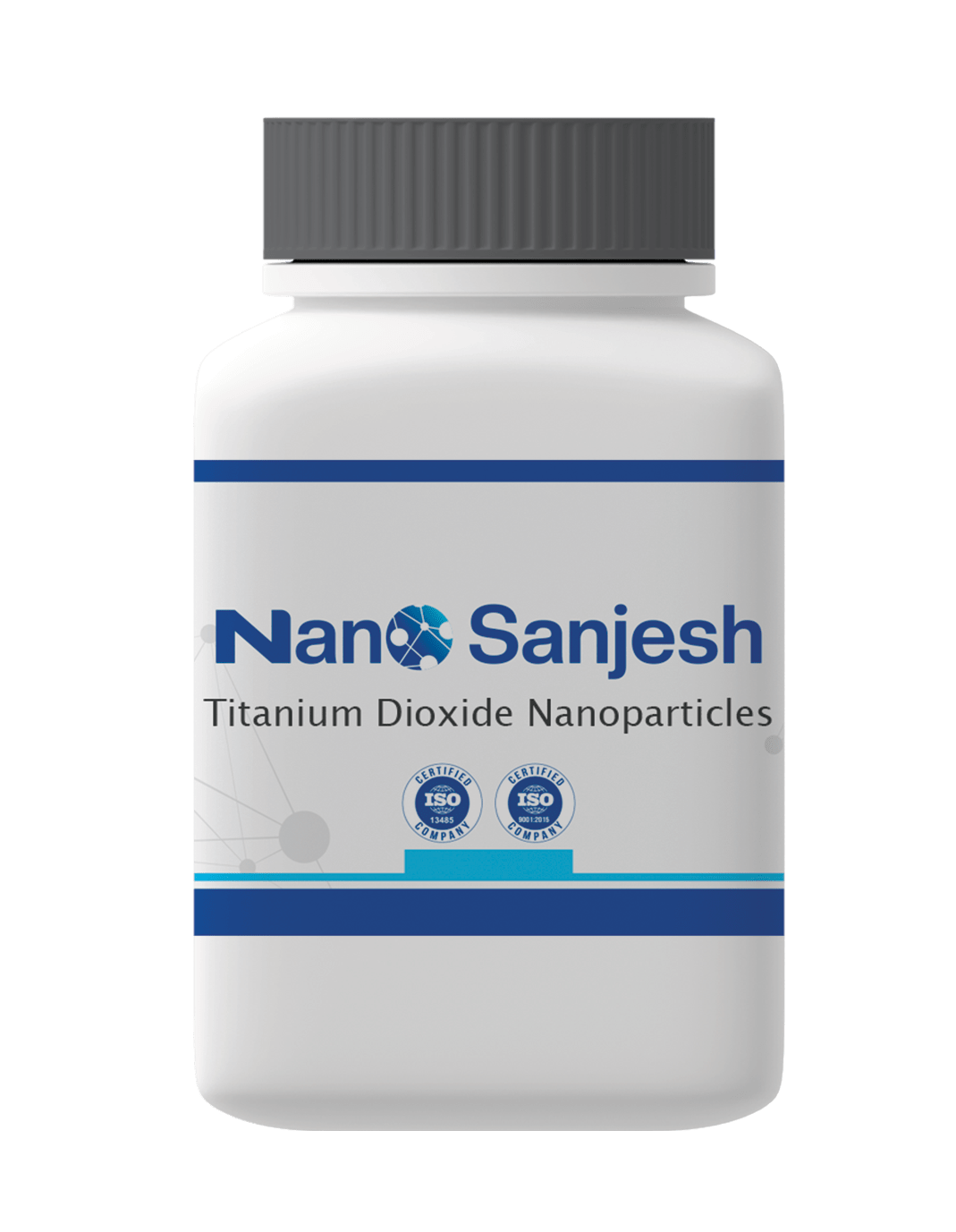Nanomaterials
When the dimensions of a material become extremely small, fundamental changes occur in its physical and chemical properties. The resulting material shows unique and remarkable characteristics that are significantly different from the properties of bulk materials. Nanomaterials have distinct physical properties, such as electrical, catalytic, magnetic, mechanical, thermal or imaging features. These characteristics make nanomaterials highly relevant in various fields. Such fields include medicine, pharmaceuticals, and engineering. Nanotechnology enables us to create new materials, devices, and functional systems that use these new properties and phenomena for a better utility and applications.












